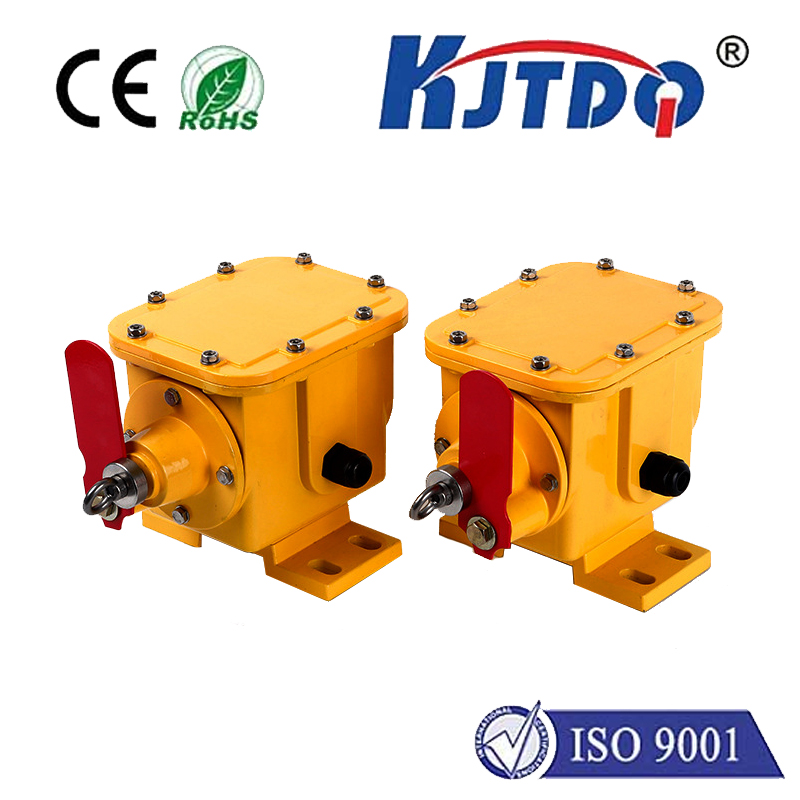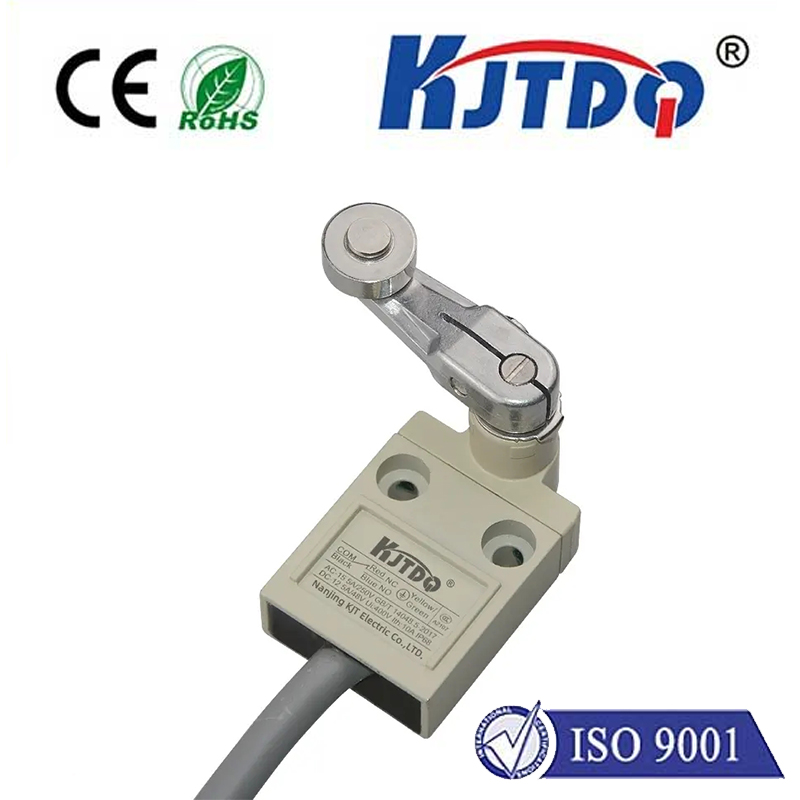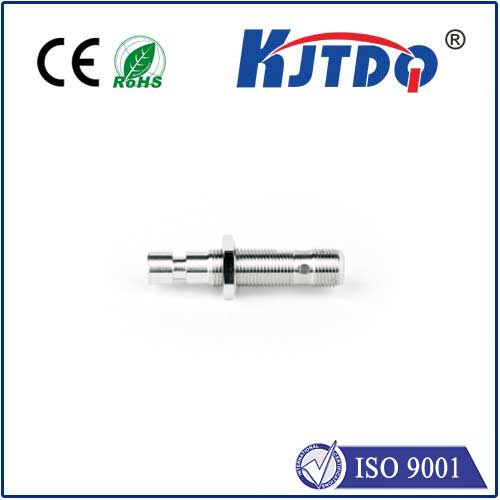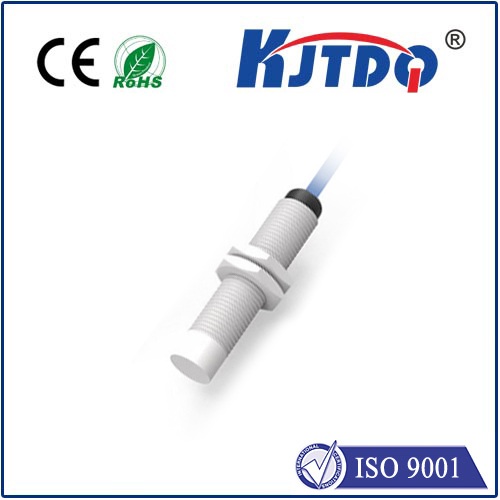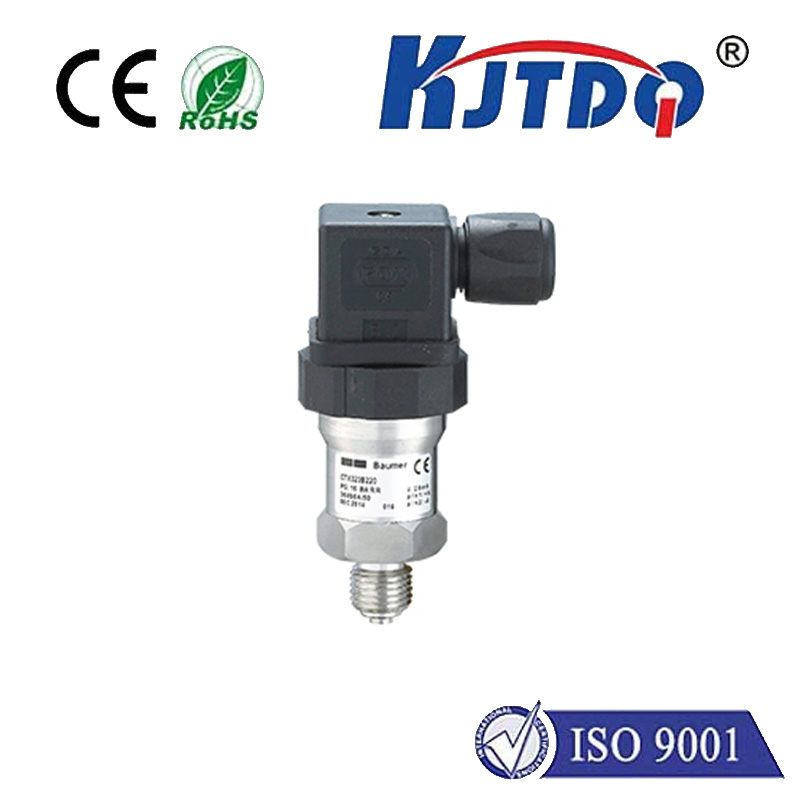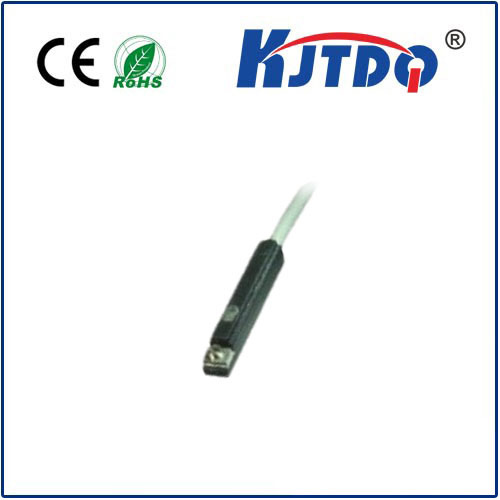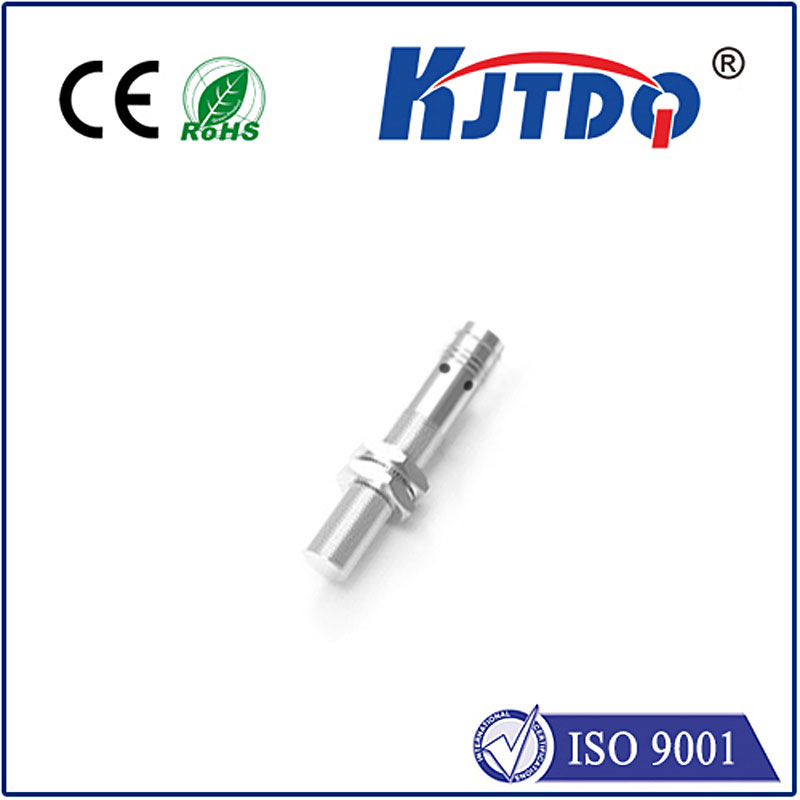rotary limit
- time:2025-08-08 02:41:28
- Click:0
How Rotary Limits Define Machinery Safety and Performance: Understanding Critical Thresholds in Rotating Equipment
Imagine a turbine spinning at incredible speed within a power plant, a high-performance electric motor driving a conveyor belt, or the intricate gears inside a precision watch. Each operates beautifully until pushed too far. Suddenly, vibration shatters bearings, centrifugal forces tear components apart, or thermal overload melts critical parts. This invisible line between smooth operation and devastating failure is governed by the rotary limit. Far more than just a number on a data sheet, understanding and respecting this fundamental threshold is crucial for safety, efficiency, and the longevity of countless machines that power our world.
Decoding the Rotary Limit: More Than Just Maximum RPM
At its core, the rotary limit represents the maximum safe operating boundary for a rotating component or system. While maximum rotational speed (RPM) is often the most visible parameter, a true rotary limit encompasses several interacting factors:
- Rotational Speed (RPM): The most intuitive limit. Exceeding the designed maximum speed can generate catastrophic centrifugal forces, leading to component deformation, fracture, or bearing disintegration.
- Torque: The twisting force applied. Surpassing the torque limit can cause shafts to shear, gears to strip teeth, or couplings to fail abruptly, even at moderate speeds.
- Vibration: Rotating machinery inherently generates vibration. However, exceeding specific vibration thresholds at certain frequencies can indicate resonance or imbalance, accelerating wear and leading to fatigue failure. Persistent excessive vibration is a major red flag.
- Thermal Load: Friction from bearings, seals, windage (air resistance), and electrical losses in motors generates heat. The rotary limit intrinsically includes a thermal component – exceeding it risks overheating lubricants (causing breakdown and loss of protection), warping components, or even insulation failure in electric motors.
- Lubrication Limits: The effectiveness of lubrication directly impacts the achievable limits. Extreme speeds or loads can cause lubrication films to break down, leading to metal-to-metal contact and rapid failure. The rotary limit assumes adequate and appropriate lubrication.
These factors are not isolated; they are deeply intertwined. Increasing speed often increases vibration and thermal load. Higher torque demands stress components and generate more heat. The true rotary limit defines the envelope where all these parameters remain within safe operating margins simultaneously.

Why Respecting Rotary Limits is Non-Negotiable: Safety and Reliability on the Line
Ignoring or inadvertently exceeding rotating equipment limits carries severe consequences, making adherence a critical engineering imperative:
- Safety Hazards: Component failure at high rotational energy levels is inherently dangerous. Flying shrapnel, sudden machine stoppage, uncontrolled movement, fires from electrical faults, or hot fluid leaks pose significant risks to personnel nearby. Guarding against catastrophic failure is paramount.
- Equipment Failure & Downtime: Pushing machinery beyond its limits drastically shortens component lifespan. Bearings wear out prematurely, shafts fatigue and crack, seals blow out, and gears deteriorate. This leads to unplanned downtime, costly emergency repairs, and full replacements far sooner than anticipated.
- Reduced Efficiency & Performance: Operating near or beyond limits often forces systems into inefficient regimes. Overloaded motors draw excessive current, generating more heat for less useful work. Excessive vibration consumes energy. Components operating under excessive stress perform sub-optimally.
- Increased Operating Costs: The costs cascade: higher energy consumption, frequent repairs, part replacements, production delays, and potential collateral damage from failures make exceeding limits an expensive proposition.
Optimizing Performance: Dancing Near the Edge, Safely
While respecting absolute limits is vital for safety, understanding them also enables performance optimization. Engineers constantly aim to operate machinery as close to its design limits as safely possible to maximize output, efficiency, or speed. This requires sophisticated approaches:
- Precision Engineering & Materials: High-performance applications use advanced materials (specialty alloys, composites) and ultra-precise manufacturing to push the physical boundaries of speed, torque, and temperature tolerance.
- Robust Control Systems: Modern electronic controls are essential. They continuously monitor key parameters like speed, torque, vibration, and temperature. Crucially, they actively prevent operation beyond set limits, implementing safe shutdowns or load shedding before danger occurs. Predictive algorithms can also flag trends indicating approaching limits.
- Advanced Sensing & Monitoring: Real-time data from accelerometers (vibration), tachometers (speed), torque sensors, and thermal sensors provides the feedback loop for control systems and informs maintenance decisions. Condition monitoring helps identify degradation before it forces operation below optimal levels or causes failure.
- Finding the “Sweet Spot”: True optimization isn’t just about maximum speed. It’s about identifying the operational sweet spot where energy efficiency, output, reliability, and component life are optimally balanced, often meaning operating consistently slightly below the absolute peak capabilities. Operating at 85-95% of the maximum rated speed often yields significantly longer life with minimal performance sacrifice.
The Future: Pushing Boundaries Intelligently
The concept of the rotary limit isn’t static. Ongoing advancements are continually redefining what’s possible:
- New Materials: Research into ceramics, carbon fiber composites, and advanced metallurgy allows components to withstand higher stresses, temperatures, and speeds.
- Magnetic Bearings & Air Bearings: These technologies eliminate physical contact, drastically reducing friction, enabling incredible rotational speeds (hundreds of thousands of RPM), and offering precise active control over vibration and position.
- AI-Driven Analytics: Machine learning algorithms analyze vast streams of sensor data to identify subtle patterns predicting potential limit breaches or component degradation far earlier than traditional methods, enabling predictive maintenance and even safer operation near boundaries.
- Digital Twins: Virtual replicas of physical equipment allow engineers to simulate performance under various loads and speeds, safely exploring the edges of the operational envelope and optimizing control strategies before implementing them on the real machine.
Respecting the rotary limit is fundamental engineering discipline. It’s the bedrock of safety, preventing catastrophic failures. It underpins reliability, ensuring machinery delivers sustained performance over its intended lifespan. And, crucially, a deep understanding of these limits empowers engineers to optimize performance intelligently, extracting maximum efficiency and output without crossing the critical threshold into the danger zone. Whether designing the next generation of jet engines or maintaining the motor on a factory floor, acknowledging and working within the boundaries defined by rotary limits is essential for harnessing the power of rotation safely and effectively.






